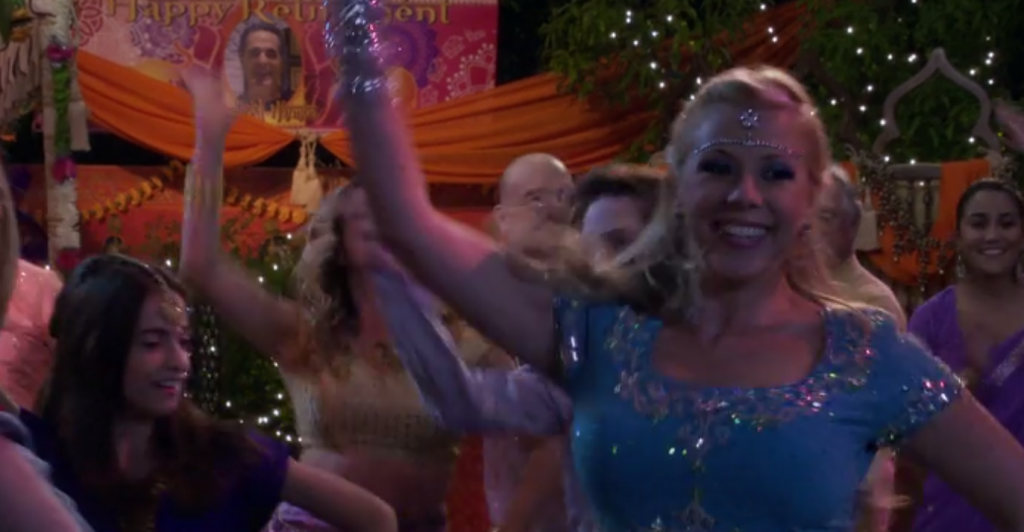
After publishing a piece on Brown Girl Magazine, I was attacked for my blonde hair. The assumptions of my own South Asian sisters accusing me of trying to be white because to them I didn’t look “brown” enough. Within the negativity, there were many of you who were supportive, kind and spoke up against those wrongful accusations. To the others: how can you throw my experiences, my feelings and my writing away because to you I do not look brown enough?
I didn’t always have good skin and blonde hair. Like many girls in the pre-Instagram and iPhone era, I went through an awkward ugly duckling stage. Do you want to know the worst part of my experience? I grew up in Richardson, Texas. I was the only South Asian in my entire school. Try explaining being brown, let alone Bengali to people, and not only white people but even the Hispanics as to what my ethnicity was if they bothered to ask. In most cases, they didn’t because I was labeled the Indian girl.
Growing up in Richardson was hard but it shaped me into who I am today. In a previous piece I wrote, I talked about struggling with my identity like many of us with different ethnicities growing up in the U.S. But it’s even harder when you’re attending a school, let alone living in, a city that is not diverse. Some of you may wonder why I didn’t label this “Dear White People” but guess what, it wasn’t a white boy that asked me if Indians were against shaving their body hair. He was Hispanic. So this piece isn’t for just white people, but for those from all ethnicities who refuse to educate themselves on mine, and now walk around wearing bindis because it’s all about their third eye.
I’m all about reform and people mending their ways, but you can’t tell me it’s not a bit amusing to see the girl that thought Indian food smelled weird, ranting on social media how her thaali plate is so “cool” as she’s using it as an Insta-worthy shot. Too bad my culture wasn’t fun and cool for everyone growing up. My South Asian culture is not a costume for you to wear, try on or even re-brand to whatever label comes to mind. It’s not cool that everyone thought my mom looked strange wearing a salwar kameez but now it’s “boho chic” to wear a salwar kameez, so you find it to be “colorful” and so “ethnic.” The same kids that thought my traditional clothing was weird, that my food smelled funny and who assumed my culture was barbaric, are now walking around wearing bindis, matha pattis (headpieces) and saris, raving about how their life has changed after throwing some turmeric in their lattes.
Please understand there is a line between appreciation and appropriation. I love people embracing and learning about other cultures, but don’t put a bindi in the middle of your forehead and then claim to understand the brown culture as a whole. Meditating in Shavasana and attending your local yoga class does not connect you with the experiences that I went through as a South Asian in America. Going to India, throwing colors around during Holi is not the gateway for you to “find yourself.” Don’t ask me if I know the only other brown person you know because, and this might be alarming, but I don’t know every brown person that walks this earth. I know, shocker! The South Asian culture is not a prop, costume or your ticket to prove that you are cultured. If you are curious, then research about it rather than throwing on traditional garments and attending a festival.
I’m extremely lucky to have Elena, my amazing childhood best friend who always accepts me as I am. She is European so I have been blessed to learn about the Bulgarian culture, as she is always open to learning about the Bengali way of life. I’m not sure I would have survived most of Richardson, if not all if she wasn’t there smiling and always being so loving and kind. I always tell her I know she really loves me because she stuck through my ugly duckling phase.
As for the brown girls who think I am not brown enough, well, I went through the same experiences you did regardless of what my hair and facial features look like right now. I didn’t even grow up in a diverse community like many of you did. Many times I find myself not fitting in with other brown girls because I am looked at as being “too white.” Isn’t that the funniest thing? I like to think it’s both a blessing and a curse, and I’m okay with that.




